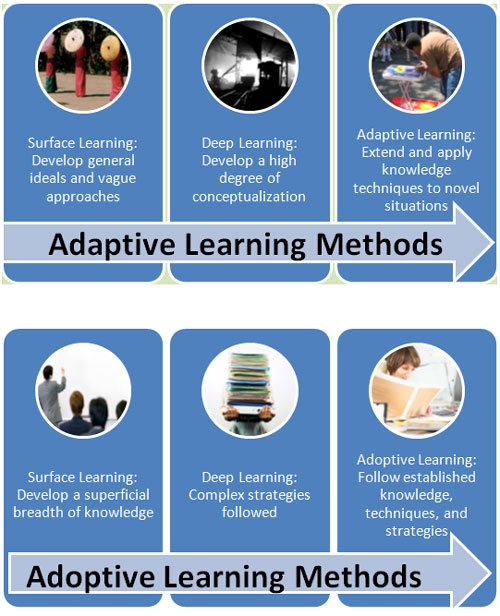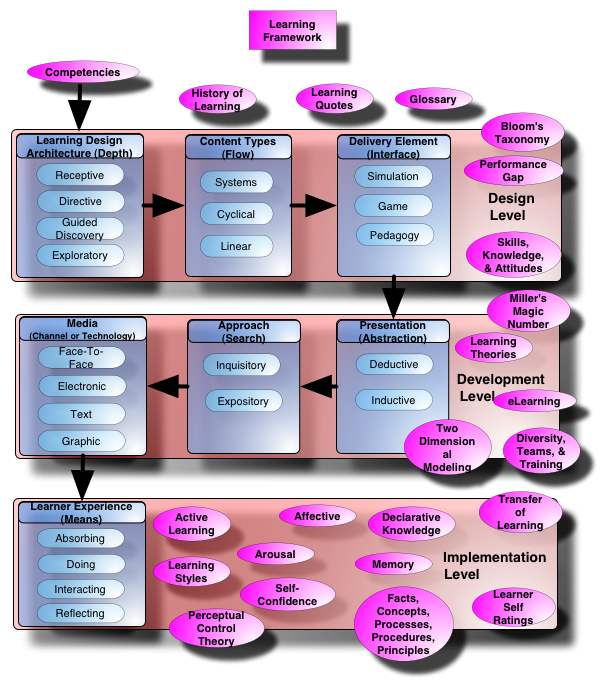Learning Through Research
 When learning a new task, especially during a nonformal learning event, a learner normally starts out by researching the topic to discover:
When learning a new task, especially during a nonformal learning event, a learner normally starts out by researching the topic to discover:
- If the goals and objectives are complete
- The full scope of the learning project
- Background information
Researching a subject or task allows the learners to discover various facts, relationships, structures, and/or models for themselves. This is normally more of a “adaptive” learning method as the learner must do the discovering herself, rather than relying on others to gather the material and present it to her. By using “adaptive,” rather than “adoptive” learning methods, the learners gain the knowledge and skills that can be applied in novel situations (Ramsden, 1992).

Adaptive learning methods are more agile in nature as they help the “learner-to-learn,” also known as metalearning or metacognition. On the other hand are adoptive learning methods that basically map out what the learners must do to master a task. Adoptive learning methods are best for novice learners who need to master the basics; while adaptive learning methods are for more advanced learners.
Adaptive learning methods might include:
- Case studies
- eLearning scenarios that branch
- Action learning
- Personalized System of Instruction (PSI)
- Experimental learning
Adoptive learning methods might include:
- Knowledge dumps
- eLearning that is basically composed of “click for next slide”
- Lectures
- Role play
Next Step
The basic data and information gathered during the research phase of understanding allows the learners to gain knowledge and skills that will help them to do, interact, and reflect:
Click on the various parts of the chart to learn more about that topic

References
Ramsden, P. (1992). Learning to Teach in Higher Education. London: Routledge.


